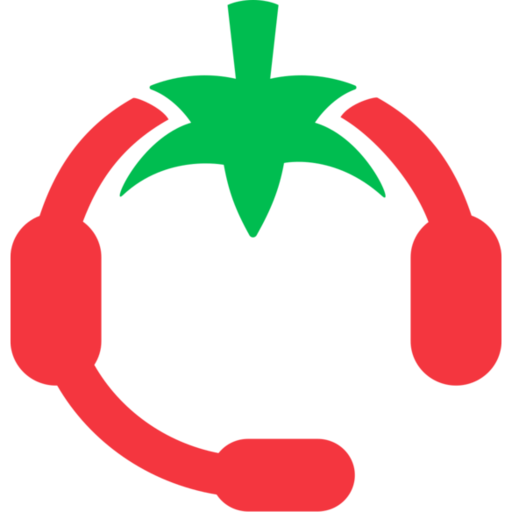What is Call Avoidance?
Call avoidance refers to behaviors or tactics used by agents to intentionally avoid handling calls. While some call deflection is legitimate (e.g., directing to self-service), call avoidance typically results in lower productivity and degraded customer experience.
Common Signs of Call Avoidance
– Frequent AUX or break time abuse
– Excessive after-call work (ACW) duration
– Dropping or transferring calls unnecessarily
– Repeated unavailability or technical excuses
Types of Call Avoidance
Intentional Call Avoidance
Deliberate actions taken to minimize time spent on calls.
Unintentional Call Avoidance
Due to lack of training or system configuration issues.
Why It Matters
– Impacts service levels and customer wait times
– Increases strain on other team members
– Skews performance metrics and QA scoring
– Can reflect deeper engagement or morale issues
How to Prevent Call Avoidance
– Implement clear adherence and performance policies
– Monitor call patterns and real-time behavior
– Provide coaching and support to underperforming agents
– Use gamification and incentives to drive engagement
Related Topics for Further Reading
– Schedule Adherence
– Real-Time Monitoring
– After-Call Work (ACW)
– Coaching
– Call Monitoring

